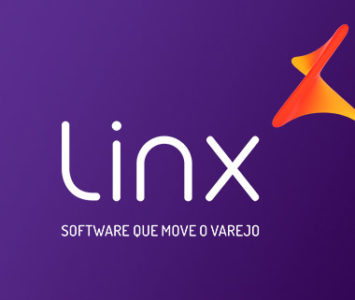
Transformação Digital
Vamos desligar o varejo?
Quer saber como a Linx pode ajudar o seu negócio? Clique aqui.

Brazil is the largest consumer of fast food in Latin America. According to a study conducted by EAE Business School’s Strategic & Research Center, which analyzes market and consumer trends in more than 80 countries, the Brazilian market disbursed R$ 53.7 billion in these services in 2014. The country is behind only the United States (290.2 billion reais), Japan (162.3 billion reais) and China (130.2 billion reais). According to the survey, the expenditure on fast food per inhabitant in Brazil was R$265, and consumption is expected to grow more than 30% by 2019.
Although the scenario is favorable and constantly expanding, do you know your consumers and do you really know what you are doing to make them loyal? It may seem simple, isn’t it? However, understanding the consumer has become a strategy issue among fast food chains, going beyond the concern of controlling the assets.
In order to better understand the consumer habits of these individuals, service providers are creating ways to study the desires and needs of their target audience, who are increasingly changing their behavior.
A research coordinated by Gouvea e Souza (business consulting) in partnership with the NPD Group – carried out with almost 75 thousand consumers interviewed during one year in Brazil – reveals that the customers opt for a certain establishment according to their moment of consumption, also targeting how each service provider positions itself according to their needs. Believe it or not, the price paid for the product appears as a minor issue and the deciding factor is convenience.
Most of the active population in the fast food segment is in the age group of 18-34. The famous “Millennials” hold the highest expenditure rate in the sector. This is because the vast majority is part of an economically active group that works and studies outside home.
If we start from this analysis, this explains the increasing investment of restaurants in applications to make the customer experience more interactive, in addition to bringing ease and often rewarding loyalty. According to Getulio Vargas Foundation’s School of Business Administration (FGV/EAESP), in the latest survey on the number of mobile devices connected to the Internet in 2014, 244 million of these devices were online – from tablets to smartphones and computers. This means that there are 1.2 portable wireless devices per inhabitant.
If it depends on the involvement of these consumers, the expectation is that the use of these applications may increase, as well as the participation of orders over the internet, and this is likely to become the main sales channel.
In this scenario, we have listed a series of challenges that must be taken into account when thinking about strategies to attract the consumer:
01 – INVESTMENT IN TECHNOLOGY
This is a vital issue for any company. With regard to the recognition of the consumption profile of its customers, the technological adoption facilitates the approach and allows offering more targeted products and services.
02 – INNOVATION
Being ahead of competitors and being assertive requires differentiated solutions. Fast food applications are the typical model of innovation that has been operating in recent times. But is this the limit of invention to sell more and win more customers?
Some networks, for example, are abusing this mobile application to show in real time the chosen dish being prepared, making the photo and even the name of the deliverer available.
03 – ADDED VALUE
Not only offering products for consumption in the establishment, but also those that can be consumed at home, brings a much greater value to the customer and is a practical strategy for loyalty.
In short, in addition to understanding the functioning of your trade and assets, it is critical to collect information from your consumers. With the amount of data that is generated daily from consumer behaviors, it is possible to know your customer better and to offer targeted services and solutions, creating value, quality and meaning for your business. And it will be a great opportunity to show what makes your brand different from the others.